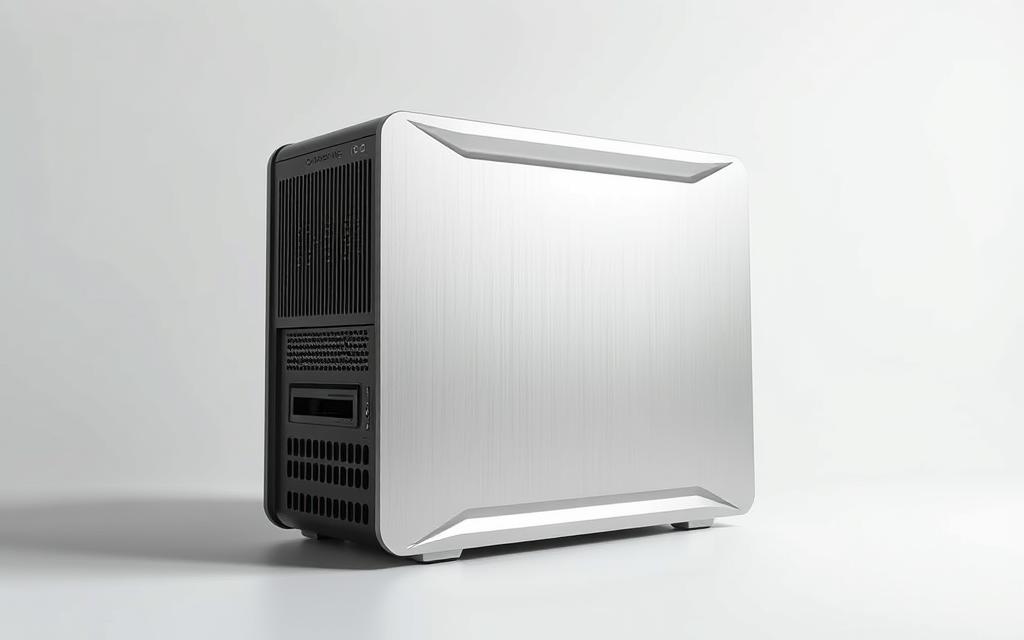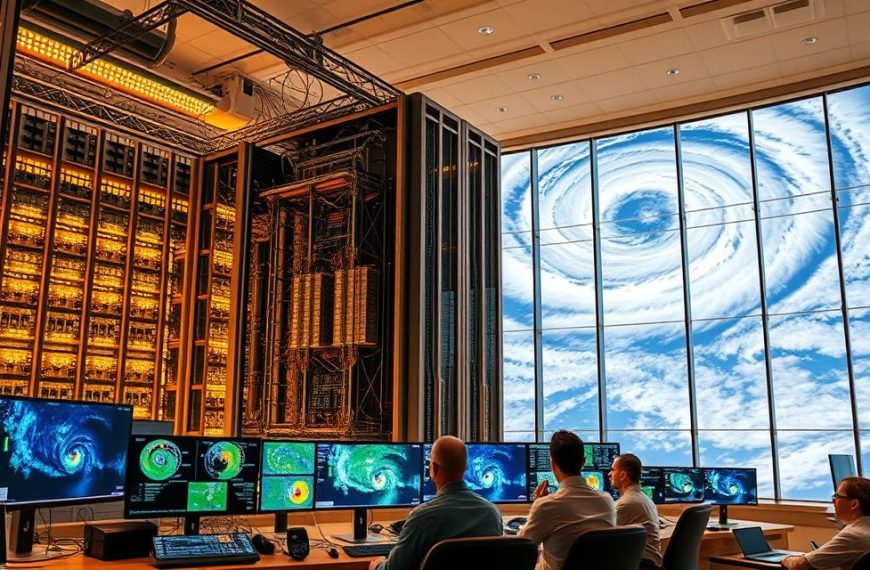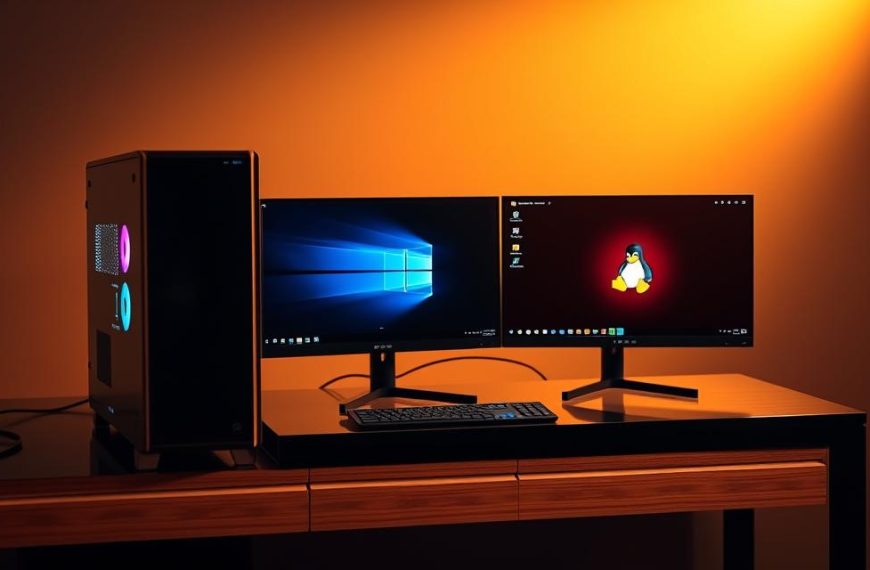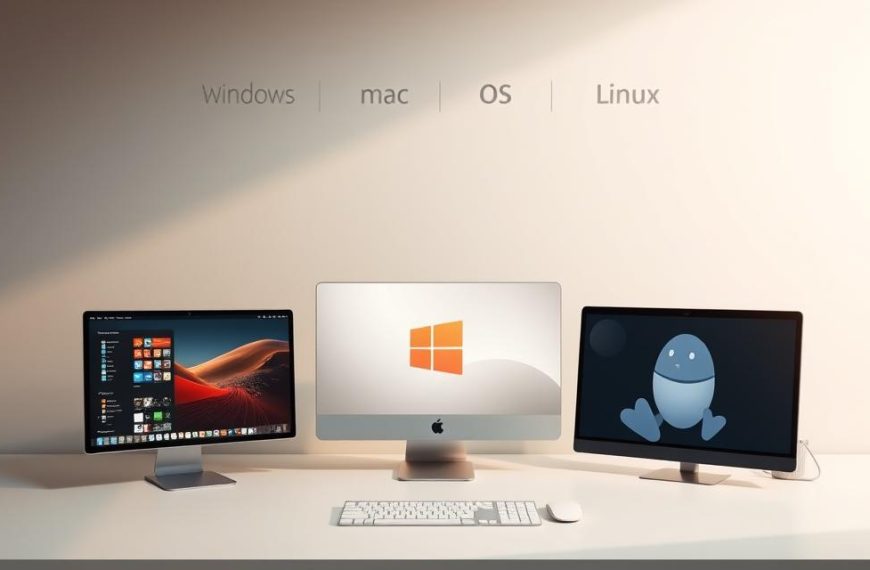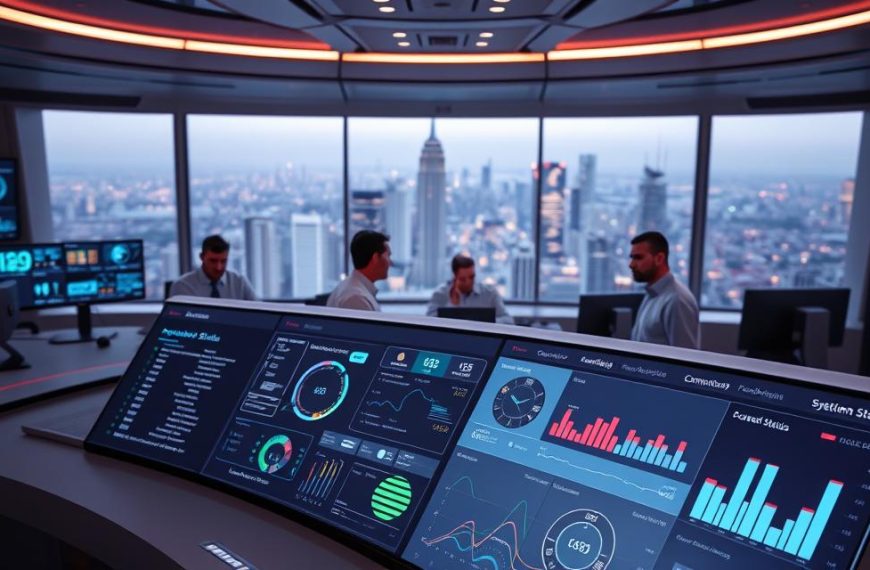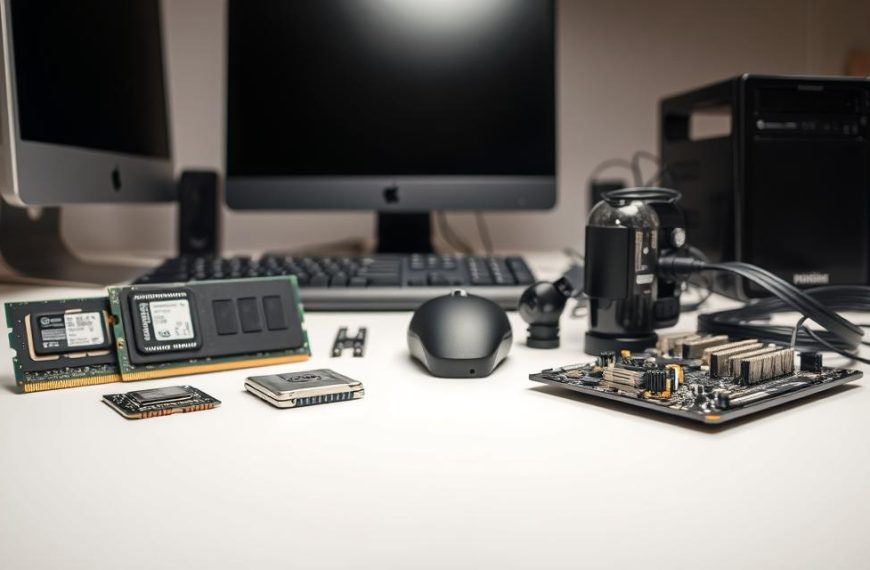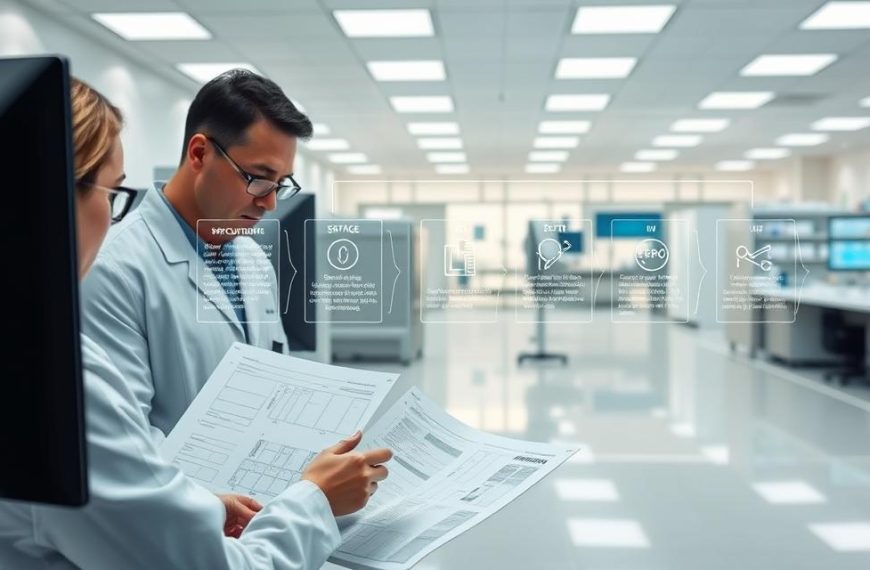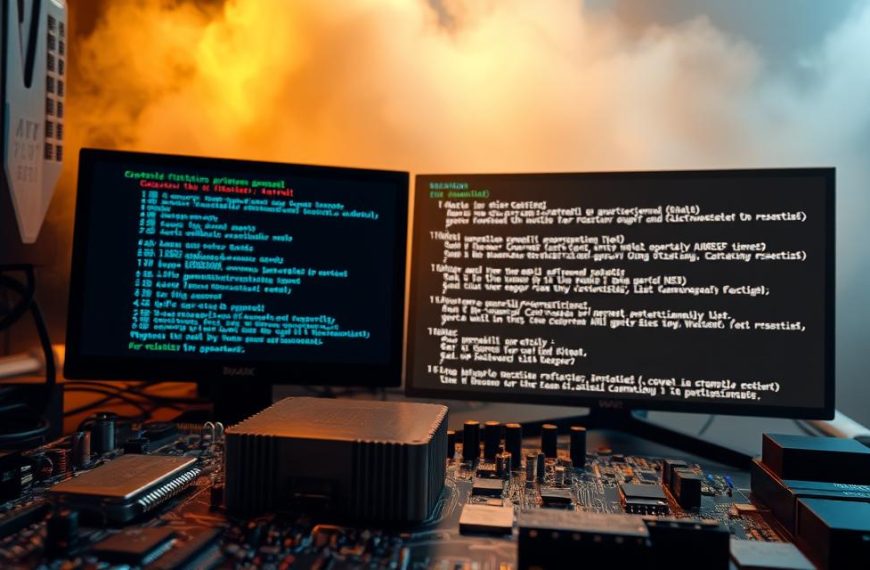Every computer has a central part called the computer main housing. It’s like a protective shell. It holds all the important parts that make computers work.
The system unit definition shows its key role. It keeps the computer’s parts safe and in order. This includes the motherboard and power supplies.
Different computers have different PC chassis designs. Some are simple and sleek, while others are more complex. But they all have the same main goal.
This case is not just about looks. It’s a clever design that protects and keeps things cool. The quality of this case affects how long and well the computer’s parts last.
Defining the System Unit: What Is the System Unit of a Computer
The system unit is the main part of a computer. It holds all the important parts inside. This unit is like the base of a computer, keeping everything safe and in place.
The system unit keeps the computer’s core parts safe. It’s where the real work happens. Unlike things like monitors and keyboards, it’s inside the computer.
This part is also called a computer case or tower case. It comes in many sizes and shapes. “Tower” cases are tall, while “desktop” cases are flat.
Inside, you’ll find key parts working together:
- Motherboard – the main circuit board connecting all elements
- Central Processing Unit (CPU) – the computer’s brain
- Random Access Memory (RAM) – temporary data storage
- Storage devices – permanent data retention
- Power supply unit – energy distribution
- Cooling systems – temperature regulation
The desktop enclosure does more than just protect. It also helps keep things cool. Good airflow stops parts from getting too hot.
Knowing about the system unit is key. It’s the heart of your computer, even though you can’t see it. It makes sure your computer works well for everything you do.
Key Components Inside the System Unit
Inside the computer, there are many parts that work together. They process information, store data, and carry out commands. Knowing about these parts helps us understand how our computers work.
The Motherboard: The Central Hub
The motherboard is the base of all computer parts. It connects and guides different components. It’s like the brain of the computer, making everything work together.
Modern motherboards have special slots for adding new parts. They also have ports for storage and memory. A good motherboard makes your computer stable and easy to upgrade.
Central Processing Unit (CPU): The Brain
The CPU is the brain of the computer. It does the math and makes decisions fast. CPUs from Intel and AMD have billions of tiny parts.
The CPU gets instructions, decodes them, and then acts on them. It does this millions of times a second. This has changed from simple math to handling many tasks at once.
Random Access Memory (RAM): Temporary Storage
RAM is where the computer stores things it’s using right now. It loses its data when turned off. RAM is faster than hard drives or SSDs.
RAM helps the CPU work better. More RAM means you can run more programs at once. Most computers use DDR4 or DDR5 RAM, with sizes from 8GB to 128GB.
Storage Devices: Hard Drives and Solid State Drives
Storage devices keep your data safe when the computer is off. Hard drives and solid state drives are different but both keep your data safe. They both store your files but in different ways.
Hard Disk Drives (HDDs): Traditional Storage
HDDs use moving parts to store data. Companies like Seagate and Western Digital make them. They are good for storing lots of data because they are cheap.
HDDs can break if dropped and are slower than SSDs. They are best for storing lots of data, like movies and photos.
Solid State Drives (SSDs): Modern Speed
SSDs use flash memory and are much faster. They don’t have moving parts, so they’re quicker. They make computers start up fast and files move quickly.
SSDs used to be expensive but now they’re more affordable. Many people use both SSDs and HDDs. SSDs for the operating system and HDDs for storing lots of data.
Power Supply Unit (PSU): Energy Provider
The PSU changes the power from the wall to what the computer needs. It keeps the power steady and protects against power surges. It’s very important for the computer’s health.
Good PSUs are efficient and don’t waste much power. They have ratings like 80 Plus Bronze, Silver, Gold, or Platinum. Choosing the right PSU is important for your computer’s performance and future upgrades.
Cooling Systems: Fans and Heat Sinks
Cooling systems keep the computer from overheating. Without them, the computer could get too hot and break. Most computers use fans and heat sinks to cool down.
Heat sinks help to cool down the computer. Fans move the hot air out and bring in cool air. Some computers use liquid cooling for even better cooling. Good cooling systems help the computer last longer and work better.
| Component | Primary Function | Performance Impact | Upgrade Consideration |
|---|---|---|---|
| Motherboard | Component connectivity and communication | System stability and expansion options | Determines compatible CPU and RAM types |
| CPU | Instruction processing and calculations | Overall system speed and multitasking | Socket type must match motherboard |
| RAM | Temporary data storage for active tasks | Application responsiveness and multitasking | Capacity and speed should match motherboard specs |
| Storage (HDD/SSD) | Permanent data storage | Boot times and file access speed | Interface (SATA/NVMe) must be supported |
| PSU | Power conversion and distribution | System stability and component protection | Wattage must support all components |
The Role of the System Unit in Computer Operation
The system unit is the heart of any computer. It makes sure all parts work together. This system unit function turns separate parts into a single, powerful system.
Data moves quickly through the unit. The CPU gets instructions, processes them, and saves the results. This fast exchange is thanks to the unit’s design.
Good component integration is key. When parts work well together, users enjoy smooth performance. This is true for any task, from running apps to browsing the web.
The unit’s case does more than protect it. It also keeps the inside cool and free from interference. This computer housing purpose is vital for the unit’s reliability.
Learning about processing and memory shows how units manage data. The case’s design affects how well parts talk to each other.
| Data Pathway | Components Involved | Transfer Speed | Primary Function |
|---|---|---|---|
| Memory to CPU | RAM, CPU, Motherboard | Extremely High | Instruction processing |
| Storage to Memory | SSD/HDD, RAM | High | Data loading |
| Component Communication | All internal devices | Variable | System coordination |
This component integration lets computers do many things at once. The unit’s design stops data from getting stuck. This ensures smooth flow between devices.
The enclosure also keeps the system stable. It handles cooling, power, and organisation. This helps the computer work well for a long time.
Types of System Units: Form Factors and Designs
The physical housing of a computer comes in various configurations known as computer form factors. These designs balance size, functionality, and aesthetics. They suit different user needs and environments.
Tower Cases: Full, Mid, and Mini Towers
Tower cases are the traditional desktop computer housing. They stand vertically beside or under a desk. There are three main tower sizes, each with its own benefits.
Full towers offer the most expandability. They have lots of space for graphics cards, storage drives, and cooling systems. Dell’s Precision series often uses this form for high-performance workstations.
Mid towers find a balance between size and functionality. They fit most standard components while keeping a small footprint. Many HP and custom gaming PCs are mid towers.
Mini towers are great for small spaces. They support standard motherboards and components but are smaller. They’re perfect for office settings or minimalist home setups.
Desktop and All-in-One Units
Desktop cases lie horizontally beneath monitors. They save vertical space and offer decent access to components. These units have fewer expansion options than towers but look low-profile.
All-in-one PCs combine the system unit and display into one unit. Apple’s iMac is a great example. It offers sleek looks and easy cable management.
These integrated systems trade off upgradeability for space and looks. They’re great in educational settings, reception areas, and modern home offices where space is limited.
Each form factor has its purpose. From expandable towers for enthusiasts to all-in-one PCs for minimalist setups. Knowing these options helps users choose the right housing for their needs.
Factors to Consider When Choosing a System Unit
Choosing the right system unit is a big decision. It affects how well your computer works now and how easy it is to upgrade later. Making the right choice can save you time and money.
Compatibility with Components
Getting the right components is key. The motherboard size must fit your case. You’ll find sizes like ATX, Micro-ATX, and Mini-ITX.
Graphics card size is also important. Big GPUs need lots of space. Always check the size before you buy.
Other things to check include:
- CPU cooler height restrictions
- Power supply unit mounting options
- Drive bay configurations for storage devices
Looking at the manufacturer’s specs is the best way to check compatibility. This helps avoid installation problems.
Cooling and Expansion Capabilities
Good cooling is essential for your computer’s health. There are many ways to keep things cool.
Air cooling uses fans and vents. You need to check:
- Number and size of pre-installed fans
- Available mounting points for additional fans
- Strategic ventilation placements throughout the chassis
Liquid cooling is great for high-performance systems. Look for cases that support different radiator sizes.
Expansion options are important for future upgrades. PCIe slots let you add cards. Drive bays should fit your storage needs now and later.
Consider these features:
- Number of available 2.5″ and 3.5″ drive bays
- Tool-less installation mechanisms for easier upgrades
- Clearance behind the motherboard tray for cable management
When picking a computer case, think about what you need now and what you might need later. A good case supports your current setup and future upgrades.
Conclusion
This summary shows how important the main housing is in a computer setup. It acts as the base for all internal parts to work together.
The right system unit choice affects how well your computer performs. It also impacts how much you can add to it later and how long it will last. Things like the motherboard, CPU, RAM, storage, and cooling systems all rely on good housing.
There are different types of housing, like tower cases or all-in-one designs. Each has its own benefits. You should think about what you need most, like room for upgrades, cooling, or a small size.
Knowing about the internal parts helps when you’re setting up or upgrading a computer. It’s key to making choices that ensure your computer runs well.
The system unit is the core of your computer, keeping important parts safe and working together smoothly. Choosing the right one means your computer will work well for a long time.

